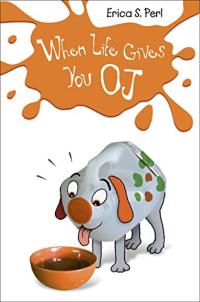
Biography
Erica S. Perl grew up in Burlington, Vermont. She is the author of popular and critically acclaimed books for young readers. Her most recent middle grade novel, All Three Stooges, won the National Jewish Book Award for Children’s Literature and the Sydney Taylor Award Silver Medal. Erica’s novels for young readers include When Life Gives You O.J. (Sydney Taylor Award Notable Book and ALA Notable Book), Aces Wild (NPR Best Book of the Year), and The Capybara Conspiracy: A Novel in Three Acts (innovative script format).
Erica also writes picture books — including Chicken Butt!, Goatilocks and the Three Bears, and Ferocious Fluffity as well as early readers, transitional chapter books, and chapter books — Truth or Lie!, Arnold and Louise, and the Craftily Ever After series (written as “Martha Maker”).
Erica is a crowd-pleasing presenter at schools, libraries and community events. She honed her skills working as a trial lawyer in New York City, and also worked for many years for First Book, the national non-profit organization that provides books to children in need.
She lives in Washington, D.C. with her family. Visit Erica’s official website (opens in a new window) to learn more.
Books by this author
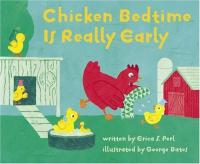
Chicken Bedtime Is Really Early
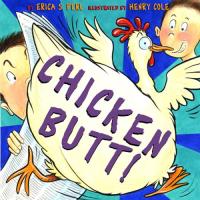
The rhyming conversation between a boy and his dad begins when a naughty chicken follows them home. As the father reads his newspaper, the boy asks, “You know what?” “What?” A turn of the page reveals the rhyming response. Rollicking good kid humor abounds in both the dialogue and the comic illustrations.
Chicken Butt
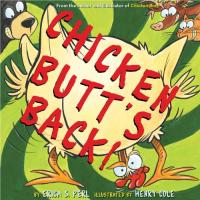
The rascally child introduced in Chicken Butt returns. Here, he gets his poor mom to say all kinds of rhyming words as he plays with homophones (think: but, butt; bare, bear). Cartoon illustrations add to the humor of the mother-son conversation.
Chicken Butt’s Back

Dotty

Ninety-Three in My Family
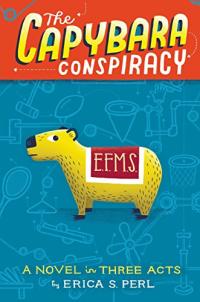
Seventh grader Olive is tired of feeling left out at school because she prefers acting in the drama club rather than playing a sport. Her school is so sports crazy that the principal never acknowledges any of the other clubs during the morning announcements. Olive decides it’s time to take action and embarks on a game plan to ensure that her drama club and other groups at school get the attention they deserve. A perfect book for Readers’ Theater!
The Capybara Conspiracy: A Novel in Three Acts
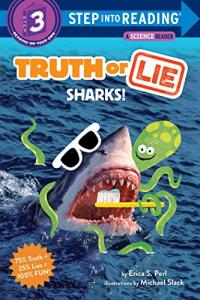
Truth or Lie: Sharks!
